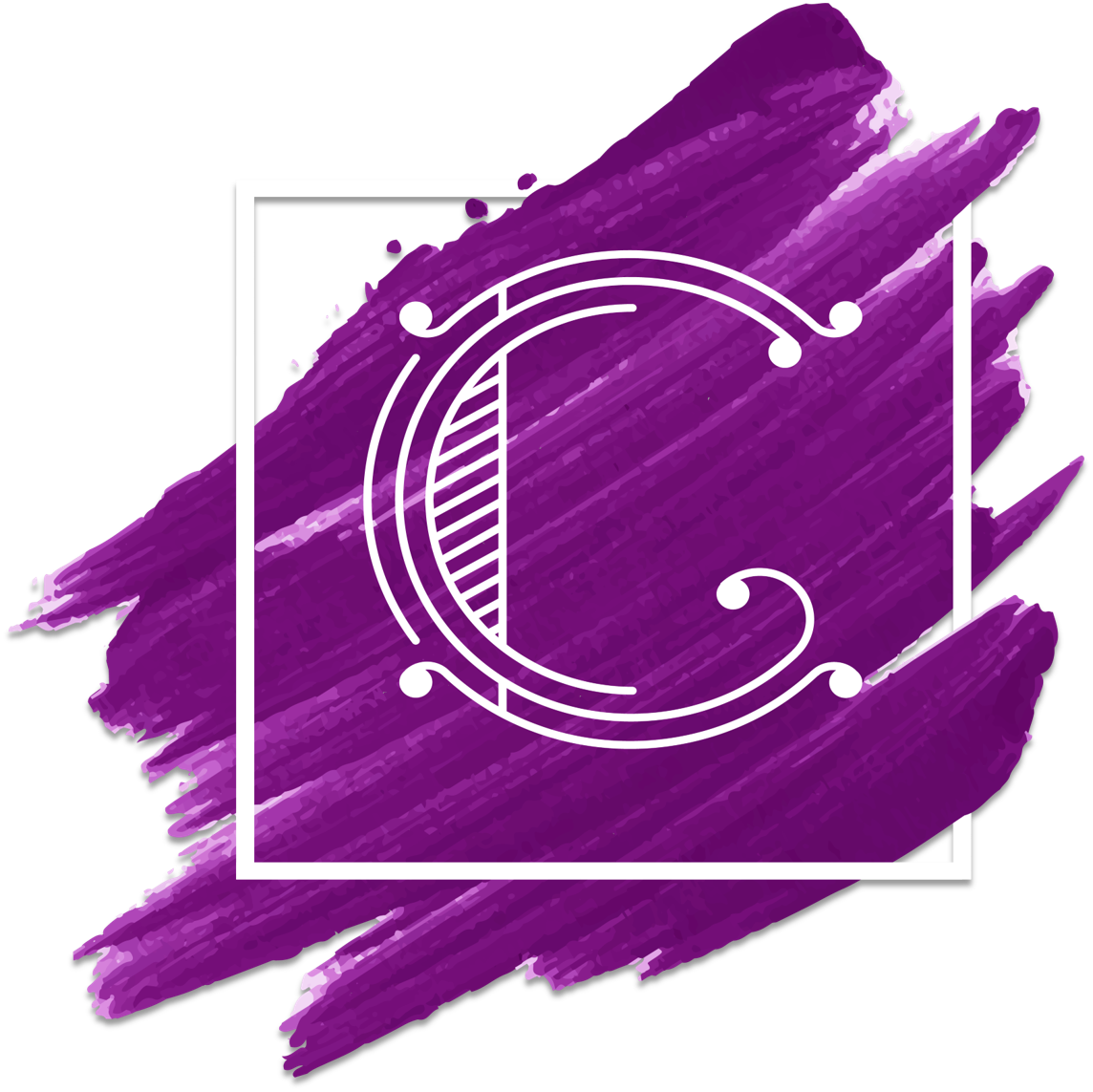Composer and pianist Felix Jarrar talks about his latest project with librettist Bea Goodwin which has its world premiere this May: TABULA RASA - a new jazz opera that tells the feminist story of model and muse, Kiki de Montparnasse, one of the most iconic women of 1920s Paris.
May 4, 5, 11, and 12th @ 8pm
Blue Building
222 E 46th St., NYC
Why did you want to write an opera about Kiki de Montparnasse? 1920s Paris was such an artistically rich time; what makes Kiki stand out from all the others?
I remember that last May I got a text from Bea where she sent me a photo of the Violin d'Ingres and told me we needed to write an opera about the women in the image. We were about to go into technical rehearsals for our song cycle Songs of the Soul Beams and the world premiere production we did at BAM. Then, she emailed me the text for the opening aria, "Blue." All of a sudden I was drawn into the world of Kiki de Montparnasse, the feminist narrative of how she left her man, and the idea of "the color of night veiled in mourning." Her libretto drew me in, and I just had to set it to music.
Photo credit: John Stetch
How does the title, Tabula Rasa, fit into Kiki's story?
The title of the opera was Bea's idea - tabula rasa is Latin for 'blank slate'. This opera centers around Kiki's self discovery that she is not an object that needs to be destroyed by her lover, Man Ray. She is not a slate that Man Ray can wipe clean and use for his own artistic pleasure. This dynamic between the two comes to the forefront during the Violin Back scene which opens Act II. Many Ray shaves Kiki's eyebrows and 'wipes her slate clean' for him to draw them back on. He uses her as the model for Violin d'Ingres in these scene, and in his aria, he talks about how Kiki is his slate for him to create his artistic masterpieces.
Tell us a little about your writing process. You and Bea have written several works together; do you have a set system for collaborating that works for you, or has it been different for each work?
I get inspired by different aspects of any text I receive to set to music. Sometimes a word catches my eye. I always look for a word or a moment that can serve as a musical climax. From there, I devise a musical structure that sets up the dramatic arch around the word I want highlighted. From example, in "The Hat Song", Kiki's second aria, the climax of the aria revolves around her telling off a sexist and misogynistic waiter who calls her a whore - she sings this word on a high B amidst a tempestuous accompaniment. I structured the entire scene around this highpoint. I also write some melodies for theatrical works before I receive the full text. This was the case with the melody for "The Wine Mom Song". The jaunty melody with dotted eighth notes was a motif that fit the mood Bea described to me for Tabula Rasa. When Bea sent me the text for this aria (which I think is absolutely brilliant), it perfectly fit the ambience of the words and worked well prosody-wise.
Several central figures to the French Dada movement appear in Tabula Rasa. How does Dadaist art influence both words and music in this opera?
Musically, all of the Dada artists around the movement (including Man Ray) are very sardonic and mechanical in character. In comparison to Kiki's music, they are distilled from their emotional expressions of their feelings and are portrayed as abstract and distant characters.
What do you think makes this work unique? What do you hope the audience gains or understands from seeing Tabula Rasa?
What makes this work unique is that it's a love story about following your own destiny and path - even if that path is different than the one who you love. Kiki's decisions to leave Man at the end of the opera fulfills her goal of a life where she isn't some muse for an artist or an object to be destroyed. It's a story about a woman whom millions around the world recognize from the Violin d'Ingres images. However, few know about her story. This is a universal story of love, heartbreak, self confidence, and finding your own inner strength. Kiki is a brazen and iconic figure, and it is my hope that this opera I have written with Bea sheds light on her life's story.



